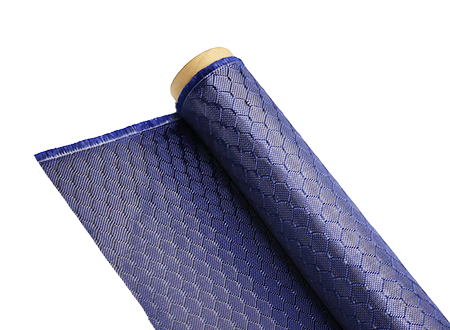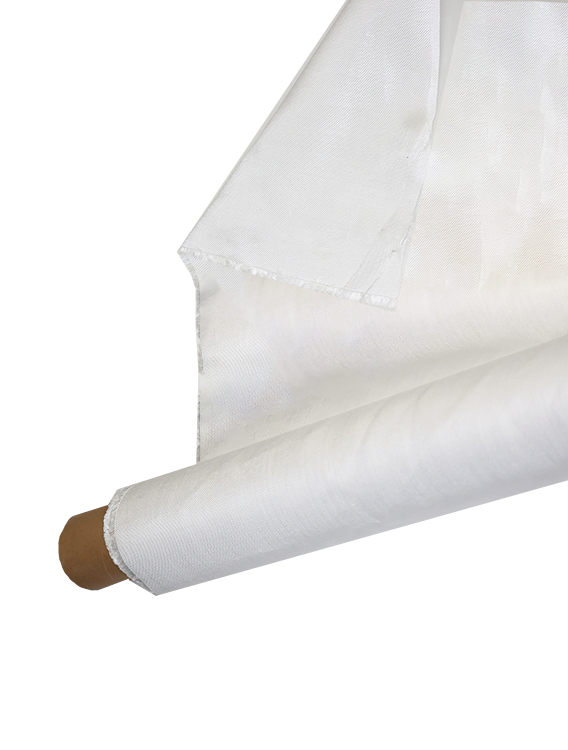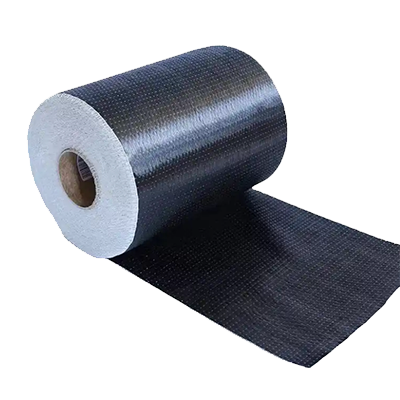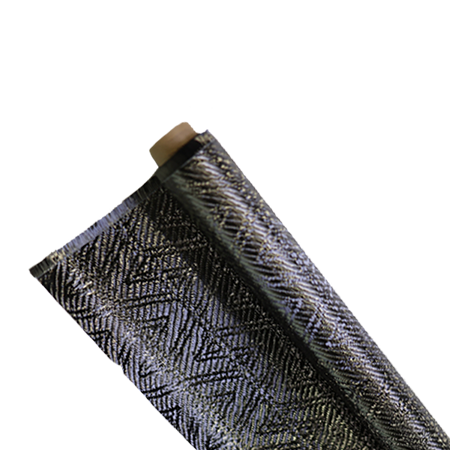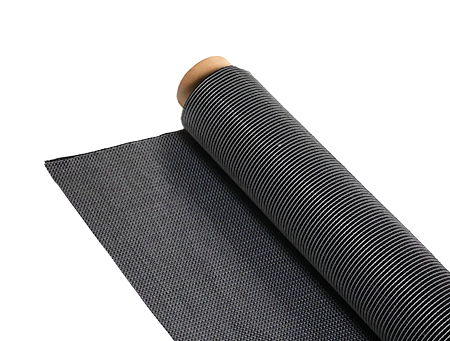How Does 3K Carbon Fiber Compare to 12K in Strength?
-
Table of Contents
“3K vs. 12K Carbon Fiber: Balancing Weight and Strength for Optimal Performance.”
Introduction
When comparing 3K carbon fiber to 12K carbon fiber, it’s essential to understand the differences in their construction and performance characteristics. The “K” in carbon fiber designations refers to the number of filaments or strands in a tow, with 3K indicating 3,000 filaments and 12K indicating 12,000 filaments. Generally, 12K carbon fiber offers greater strength and stiffness due to its higher filament count, making it suitable for applications requiring enhanced structural integrity. However, 3K carbon fiber is often lighter and more flexible, which can be advantageous in specific contexts where weight savings and maneuverability are prioritized. This introduction sets the stage for a deeper exploration of the mechanical properties, applications, and performance differences between these two types of carbon fiber.
Strength Comparison: 3K vs. 12K Carbon Fiber
When evaluating the strength of carbon fiber materials, particularly in the context of 3K and 12K carbon fiber, it is essential to understand the fundamental differences in their construction and application. Carbon fiber is composed of numerous strands of carbon filaments, and the designation of “3K” or “12K” refers to the number of filaments in each tow. Specifically, 3K carbon fiber contains approximately 3,000 filaments per tow, while 12K carbon fiber comprises around 12,000 filaments. This distinction plays a crucial role in determining the mechanical properties and overall performance of the materials.
To begin with, the tensile strength of carbon fiber is a critical factor in its application across various industries, including aerospace, automotive, and sporting goods. Generally, the tensile strength of carbon fiber increases with the number of filaments in a tow. Therefore, one might assume that 12K carbon fiber, with its greater filament count, would inherently possess superior strength compared to 3K carbon fiber. However, this assumption requires a nuanced examination. While 12K carbon fiber does offer increased strength due to its larger cross-sectional area, it also tends to be heavier and less flexible than its 3K counterpart. This difference in flexibility can significantly impact the performance of the material in specific applications.
Moreover, the arrangement and orientation of the fibers within the composite structure also play a vital role in determining strength. In many cases, 3K carbon fiber is woven in a manner that enhances its tensile strength and flexibility, making it particularly suitable for applications where weight savings and maneuverability are paramount. For instance, in high-performance bicycles or sports equipment, the lightweight nature of 3K carbon fiber allows for improved handling and responsiveness, which can be more beneficial than the sheer strength offered by 12K carbon fiber.
In contrast, 12K carbon fiber is often utilized in applications where maximum strength and rigidity are required, such as in the construction of large structural components or in environments that demand high durability. The increased filament count provides a robust framework that can withstand significant loads, making it ideal for use in aerospace components or automotive parts that experience high stress. However, the trade-off is that the added weight and reduced flexibility may limit its effectiveness in applications where agility and lightweight characteristics are essential.
Furthermore, the manufacturing process and the resulting fiber architecture can also influence the overall strength of the final product. For example, the way in which the fibers are layered and bonded together can lead to variations in strength, regardless of whether 3K or 12K carbon fiber is used. Advanced composite techniques, such as resin infusion or vacuum bagging, can enhance the performance of both types of carbon fiber by optimizing the fiber-to-resin ratio and ensuring a more uniform distribution of stress across the material.
In conclusion, while 12K carbon fiber may offer higher tensile strength due to its greater filament count, the advantages of 3K carbon fiber in terms of flexibility and lightweight properties cannot be overlooked. The choice between 3K and 12K carbon fiber ultimately depends on the specific requirements of the application, including factors such as weight, flexibility, and the type of stresses the material will encounter. By carefully considering these elements, engineers and designers can select the most appropriate carbon fiber type to meet their performance needs.
Applications of 3K and 12K Carbon Fiber in Industry

The applications of 3K and 12K carbon fiber in various industries highlight the unique properties and advantages of each type, particularly in terms of strength, weight, and flexibility. Carbon fiber, known for its high strength-to-weight ratio, has become a material of choice in sectors such as aerospace, automotive, and sporting goods. The distinction between 3K and 12K carbon fiber primarily lies in the number of filaments per tow, which significantly influences their performance characteristics and suitability for specific applications.
In the aerospace industry, where weight reduction is critical for fuel efficiency and performance, 3K carbon fiber is often favored. Its lower filament count allows for greater flexibility and ease of handling during the manufacturing process. This flexibility is particularly advantageous when creating complex shapes and structures, such as aircraft components that require intricate designs. Additionally, the lightweight nature of 3K carbon fiber contributes to overall weight savings, which is essential for enhancing the efficiency of aircraft. The ability to mold and shape 3K carbon fiber into various forms without compromising its structural integrity makes it an ideal choice for components like wing structures and fuselage parts.
Conversely, 12K carbon fiber, with its higher filament count, offers enhanced stiffness and strength, making it suitable for applications that demand superior load-bearing capabilities. In the automotive industry, for instance, 12K carbon fiber is often utilized in high-performance vehicles where strength and durability are paramount. Components such as chassis, body panels, and structural reinforcements benefit from the robust nature of 12K carbon fiber, which can withstand the rigors of high-speed driving and impact forces. The increased tensile strength of 12K carbon fiber allows manufacturers to produce lighter yet stronger parts, ultimately improving vehicle performance and safety.
Moreover, the sporting goods sector has also seen a significant impact from the use of both 3K and 12K carbon fiber. In the production of bicycles, for example, 3K carbon fiber is commonly used for frames that require a balance of lightweight construction and flexibility, allowing for a comfortable ride. The ability to absorb vibrations while maintaining structural integrity makes 3K carbon fiber an excellent choice for high-end bicycles. On the other hand, 12K carbon fiber is often employed in the manufacturing of components that require maximum strength, such as handlebars and wheels, where the added stiffness can enhance performance during competitive cycling.
In addition to these applications, the construction industry has begun to explore the benefits of both 3K and 12K carbon fiber in reinforcing structures. The lightweight nature of carbon fiber composites allows for easier handling and installation, while the strength of 12K carbon fiber can provide significant support in load-bearing applications. This versatility enables engineers to design innovative solutions that enhance the durability and longevity of buildings and infrastructure.
In conclusion, the choice between 3K and 12K carbon fiber ultimately depends on the specific requirements of the application at hand. While 3K carbon fiber excels in applications that prioritize flexibility and lightweight construction, 12K carbon fiber stands out in scenarios demanding superior strength and rigidity. As industries continue to evolve and seek advanced materials, the unique properties of both 3K and 12K carbon fiber will undoubtedly play a crucial role in shaping the future of engineering and design.
Cost-Effectiveness of 3K vs. 12K Carbon Fiber Materials
When evaluating the cost-effectiveness of 3K versus 12K carbon fiber materials, it is essential to consider not only the price per unit but also the performance characteristics and applications of each type. Carbon fiber is renowned for its high strength-to-weight ratio, making it a popular choice in various industries, including aerospace, automotive, and sporting goods. The designation of 3K and 12K refers to the number of filaments in each tow; 3K carbon fiber consists of approximately 3,000 filaments, while 12K carbon fiber contains around 12,000 filaments. This fundamental difference in filament count significantly influences the material’s properties, including strength, stiffness, and ultimately, cost-effectiveness.
To begin with, 3K carbon fiber is often favored for applications requiring a balance between weight and strength. Its lower filament count allows for greater flexibility and ease of handling, making it suitable for intricate designs and components that demand precision. Consequently, while 3K carbon fiber may be slightly more expensive per unit weight compared to 12K, its versatility can lead to cost savings in manufacturing processes. For instance, the ability to mold and shape 3K carbon fiber into complex geometries can reduce the need for additional materials or labor, thereby enhancing overall cost-effectiveness.
On the other hand, 12K carbon fiber, with its higher filament count, offers increased stiffness and strength, making it ideal for applications where structural integrity is paramount. This characteristic is particularly advantageous in industries such as aerospace and automotive, where components must withstand significant stress and strain. Although 12K carbon fiber may be less expensive per unit weight, its rigidity can limit its applicability in certain designs. Therefore, while the initial cost may appear lower, the potential for increased manufacturing costs due to design limitations must be factored into the overall assessment of cost-effectiveness.
Moreover, the choice between 3K and 12K carbon fiber can also be influenced by the specific requirements of the end product. For example, in high-performance sporting goods, where weight reduction is critical, 3K carbon fiber may provide the necessary performance without compromising on durability. Conversely, in applications such as structural components in aircraft, the superior strength of 12K carbon fiber may justify its higher cost, as the long-term benefits of enhanced safety and performance outweigh the initial investment.
Additionally, it is important to consider the long-term implications of using either material. While 3K carbon fiber may incur higher upfront costs due to its manufacturing processes, its potential for reduced maintenance and longer lifespan can lead to significant savings over time. In contrast, while 12K carbon fiber may offer lower initial costs, its rigidity could result in a higher likelihood of damage under certain conditions, necessitating more frequent repairs or replacements.
In conclusion, the cost-effectiveness of 3K versus 12K carbon fiber materials is a multifaceted issue that extends beyond mere price comparisons. It encompasses considerations of performance, application suitability, and long-term durability. Ultimately, the decision should be guided by the specific requirements of the project at hand, ensuring that the chosen material aligns with both budgetary constraints and performance expectations. By carefully weighing these factors, manufacturers can make informed choices that optimize both cost and functionality in their applications.
Q&A
1. **Question:** What is the primary difference in fiber count between 3K and 12K carbon fiber?
**Answer:** The primary difference is that 3K carbon fiber consists of 3,000 filaments per tow, while 12K carbon fiber consists of 12,000 filaments per tow.
2. **Question:** How does the strength of 3K carbon fiber compare to 12K carbon fiber?
**Answer:** 3K carbon fiber generally offers higher tensile strength and flexibility compared to 12K carbon fiber, which is stiffer and may be more suitable for applications requiring rigidity.
3. **Question:** In what applications might 3K carbon fiber be preferred over 12K carbon fiber?
**Answer:** 3K carbon fiber is often preferred in applications requiring lightweight and high strength, such as in aerospace and high-performance sports equipment, where flexibility and impact resistance are critical.

